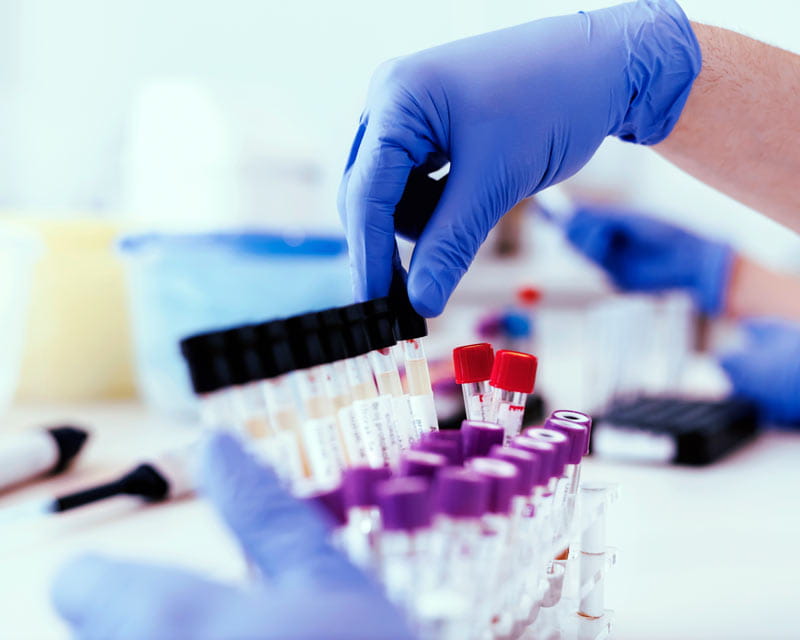
Improving care for menopausal women across all specialties
 Doctors at the OSUCCC – James look toward a more personalized treatment approach
Doctors at the OSUCCC – James look toward a more personalized treatment approachAccording to the American Cancer Society, more than 66,000 new cases of uterine (endometrial) cancer are diagnosed each year in the United States. Though not as prevalent as many other cancer types, uterine cancer takes the lives of nearly 13,000 women annually — and cases of uterine cancer are on the rise.
Chemotherapy and hormonal therapy have long been the standard of care for women with uterine cancer. But these options don’t serve everyone equally well, says Floor Backes, MD, gynecologic oncologist at The Ohio State University Comprehensive Cancer Center – Arthur G. James Cancer Hospital and Richard J. Solove Research Institute.
“These treatments have been given to everyone without much selection,” Dr. Backes says. “But there is no routine cancer, so finding new ways to treat uterine cancer, individualized for each person, is critical.
“This is especially important for patients with more aggressive tumors that — even when found at an early stage — have a higher risk of recurring.”
Dr. Backes and her team are focused on developing more personalized approaches to uterine cancer treatment.
“We believe we can use certain molecular markers found within the tumor to determine the most effective treatment option for each individual’s cancer,” Dr. Backes says.
Their work began by determining which patients are at higher risk for recurrence. Within their own patient population at the OSUCCC – James, Dr. Backes and team found that a subgroup of patients — those with a mismatch repair (MMR) deficiency — fit the description.
Dr. Backes designed a clinical trial to test the effectiveness of immunotherapy in patients with newly diagnosed early stage endometrial cancer who have a mismatch repair deficient tumor.
“For patients with this particular change in their tumor, we have previously found that immunotherapy can be very effective,” Dr. Backes says. She leads the national phase III clinical trial that studies which treatment option would be preferred: vaginal brachytherapy alone or vaginal brachytherapy with immunotherapy.
She and her team are now looking toward the next phase of their work, which will focus on biomarkers that predict which treatment will have the most benefit and new treatment combinations. She also has an eye toward combination approaches to overcome treatment resistance.
“Ultimately these cancers become too smart and become resistant to the treatment we’re giving,” Dr. Backes says. “But by combining one agent with a second or even third, we can potentially overcome that resistance mechanism.” Dr. Backes is also interested in studying how immunotherapy could be used as a first-line defense against cancer. It’s currently only approved for patients with recurrent endometrial cancer who’ve had prior chemotherapy.
“We know immunotherapy can be effective for uterine cancer recurrence, but we want to find out if it could it also be used up front, at initial diagnosis, to cure more patients,” Dr. Backes says. She and others are working on developing a new clinical trial to answer this question.
There are lots of reasons to evolve uterine cancer care, Dr. Backes says. Reducing side effects and toxicity is one. But there are also more personal motivators.
“It’s frustrating when you have treatments that don’t work, or don’t work well enough,” Dr. Backes says. “And it’s incredibly difficult when patients don’t live long enough to get to their next goal, like seeing their children get married or watching their grandchildren graduate. This is a strong motivator for me.”
To Dr. Backes, her work is all about improving patient care and treatment options, constantly adapting and collaborating.
“Even if we aren’t successful with one approach, we’ll keep trying,” she says. “We’ll press forward with our efforts and continue to look for ways to collaborate at a larger scale to get the answers we need to make progress and help more patients.”